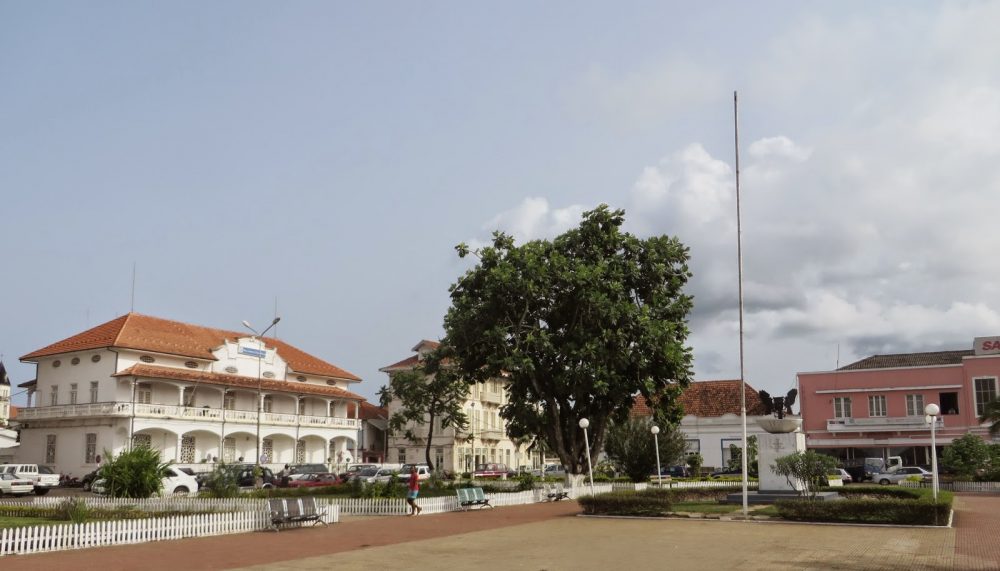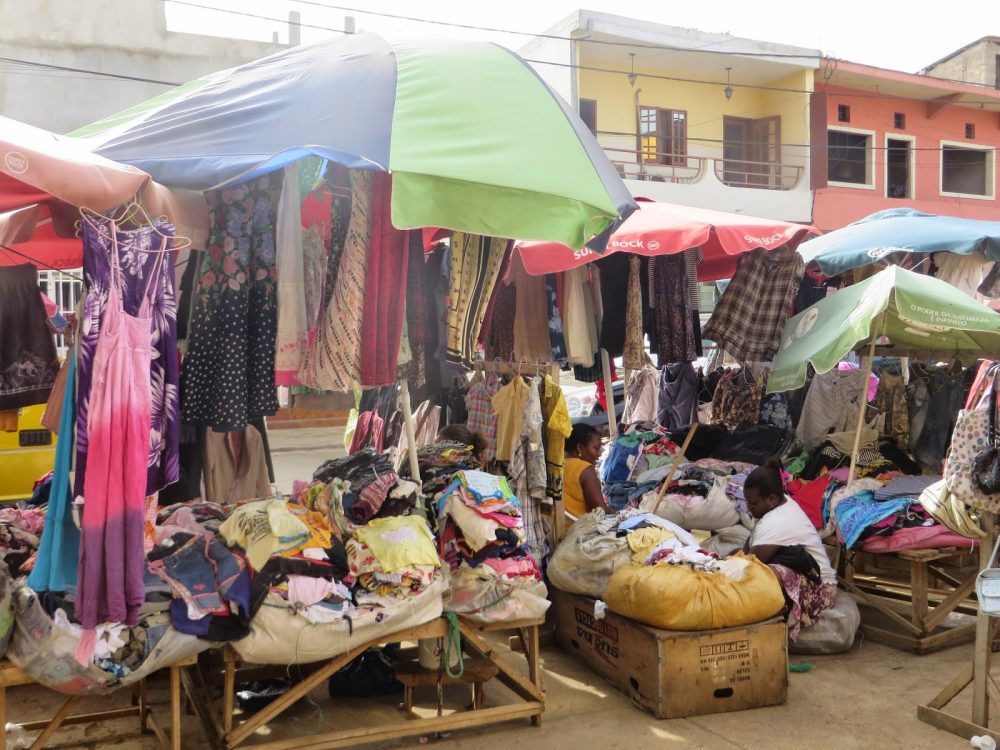São Tomé e Príncipe: Distant and delightful islands
Few have heard of Sao Tome, fewer still have thought about the country and very few have visited. Which is a pity because tourists or travellers visiting São Tomé e Príncipe
Let me set the scene. The country lives in the Gulf of Guinea some three hundred miles from the coast of Gabon. It lies some 240 miles from the intellectually interesting but practically pointless location of 0°0’0”N and 0°0’0”E.
Historically it was discovered by the Portuguese in 1470, and appear to all who have studied the matter to have previously been unoccupied and colonised pretty well consistently until independence was granted in 1975.

The intervening 405 years tell a tale rich in exploitation, hardship, transported peoples and the assorted horrors that accompanied this genre of history. It has to be said, however, that the land left behind is richer in culture and identity than many, probably a legacy of its isolation and lack of a desirable and sustainable export.
It has lived, economically on the export of cocoa; up to 35,000 tons of the stuff, and by all accounts some of the world’s finest, was grown and shipped away at its zenith, a crop that has now diminished to some 3,000 tons; coffee too, originally imported from Brazil in 1840 has fallen into small but first-class production and is a shadow of its former self.
As one drives through this improbably beautiful island, covered in thick forest, one sees palms, coconut trees, some wild cocoa and fruit trees of every imaginable type just waiting to be nurtured and picked.

The capital, eponymously named Sao Tome, is a sleepy port town spread along several kilometres of sleepy beaches, empty roads and fine colonial buildings that are rather comfortably going to seed. It is of pastel colours and slow of temperament; the little traffic there is moves slowly and predictably, with the exception of the roads around the central market.
Here cars jostle quickly, their engines heady with the fumes of fruit, salt fish and the hundreds of people buying and selling.
The market lives at a different pace; here trestles are piled high with t-shirts from “Western Australia” and shorts with German sports logos; well used dresses and the odd discarded cardigan from a mid-western closet.
Here the thousands of tons of clothes, cheerfully donated to schools, churches and food-banks wash up on shore adding complete confusion to the local clothing cycles. Gone are the days of repairing clothes, carefully using shredded garments in the construction of new, now for a few pennies, discarded western-wear is available to all.


Move back from the market and the pace slows; the streets are cleaned consistently if a touch ineffectively, women walk purposefully around with baskets of goods piled high on their heads, and men lounge at street corners playing backgammon.
School children, sharp in their cream and blue uniforms mill together and jostle for their peer’s attention as they head to or from their next classes. The city has its rhythm, and its laughter.
Two miles along the shore lies the timeless fishing village of Pantufo. Wooden boats, some with outriggers that will sail some 200 miles away in search of the right catch, lie on the shore waiting for their call to action; women sell a few fish; kids play and lie on the boats, the waves lap the shoreline and the sun beats down on small knots of villagers chatting about fish, football and the government.


Pantufo too, is a village in slow motion, but here in São Tomé e Príncipe, it is right on time.
